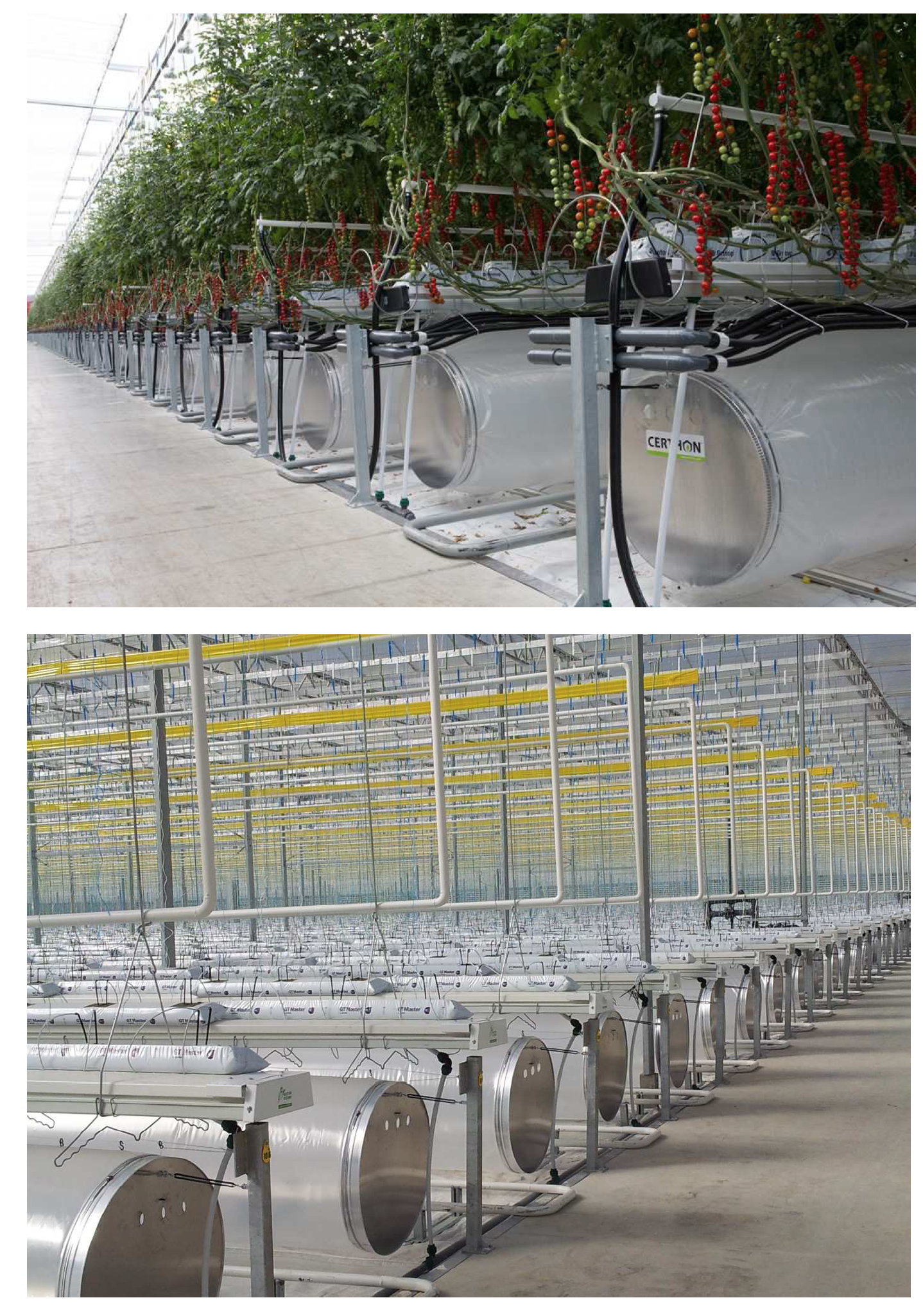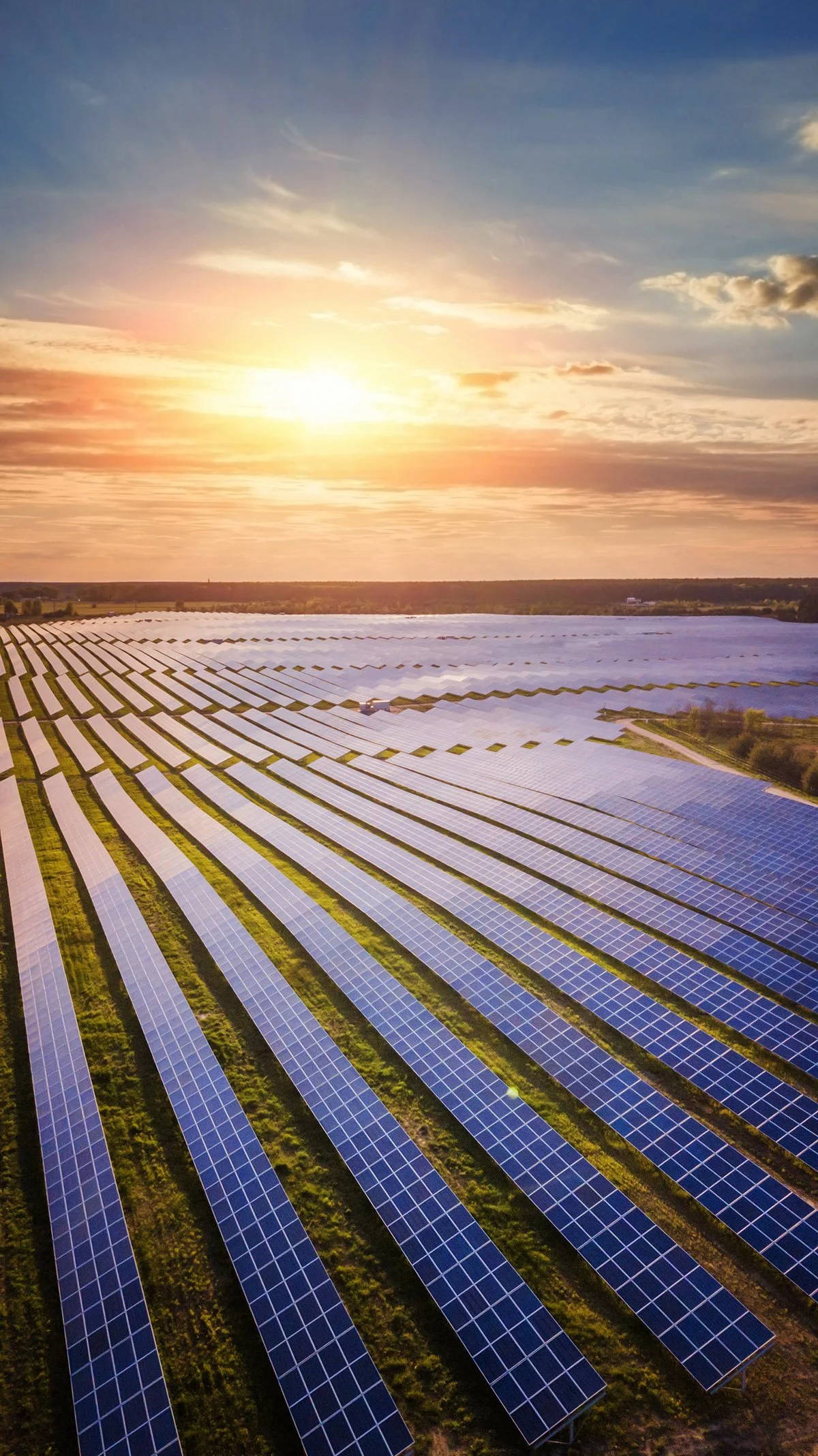Agriculture and Energy for a new world.
TX Fresh Farms Group Inc (TXFF) is an advanced agriculture and energy development platform of multiple locations. TXFF is developing greenhouse facilities utilizing best-in-class technologies and time-tested production practices to provide environmentally sustainable, locally-grown fruits and vegetables. TXFF facilities are planned to be net carbon neutral, building up to 100% sustainable energy systems including the integration of data center tenants to capture waste heat and recycled water for the greenhouses.
“Together the world’s 6.8 billion people use land equal in size to South America to grow food and livestock, an astounding agricultural footprint. Demographers predict the planet will host 9.5 billion people by 2050. Because each of us requires a minimum of 1,500 calories a day, civilization will have to cultivate another Brazil’s worth of land—2.1 billion acres—if farming continues to be practiced as it is today. That much new, arable earth simply does not exist.”
https://www.scientificamerican.com/article/the-rise-of-vertical-farms/
TXFF greenhouse operations will initially grow healthy and delicious vine-ripened tomatoes, picked and distributed daily. Hydroponic greenhouse growing yields ten times the produce per acre relative to field growing and uses ~1% of the water. TXFF will be utilizing the latest advances in controlled environment agriculture (CEA) technologies including, but not limited to, computerized monitoring of plant health and nutrition, robot-assisted plant health monitoring, automated disease mitigation, and precise sensor-driven environmental controls.
Tomatoes on the Vine.
The TXFF model is one of wealth creation for investors and owners and the entire community. TXFF will be a driver of innovation in CEA research, ag-tech development, and offer highly attractive career paths for residents and local college graduates. TXFF will offer valuable apprenticeships, career training, and meaningful long-term careers. TXFF’s initial agriculture and energy complex will provide ~250 skilled jobs when fully operational.
TXFF has conducted eight months of pre-development at its flagship Texas facility which includes a 51.4-acre controlled environment greenhouse, packing facility, and support systems.
Global Vision, Local Impact
Image: Certhon Projects B.V.
TXFF is building best-in-class organic, hydroponic, controlled environment agriculture, net carbon zero, and renewable energy generation complexes, initially in Texas.
The primary TXFF facility will grow ~40 million pounds of fresh produce annually.
TXFF will be one of the largest CEA facilities in Texas.
TXFF is implementing major advances in CEA technology, climate control, and energy generation to drive superior returns for stakeholders and a meaningful impact on the broader community.
Agriculture and Energy Complexes
Successful CEA depends entirely on energy capture with efficient generation and effective energy transfer. TXFF Power Group has engineered a renewable energy and capital allocation plan tailored to the initial build site, local utility load capacities, potential available biomass resources and interstate transmission capacity. TXFF will replicate this engineering methodology when executing prospective expansion.
Solar - The initial TXFF location is in the top five US States for the highest solar power efficiency. TXFF Power Group has desktop engineered 30-40MWac of Solar power on ~145 acres. The system will include a 15MW, 80MWh BESS. In combination with the GRID supplied power TXFF can mitigate volatile market prices, curtail demand charges, and provide renewable energy to on-site data-center tenants. The system will be deployed in future development phases.
ERCOT Grid - TXFF will be connected to the grid at 20MW per Phase completed up to 40MW distributed from the ERCOT Grid.
Geothermal - The greenhouse complex will require considerable cooling capacity during the summer months. Supplemental to conventional electric cooling TXFF will employ heat pump cooling through cold groundwater and absorption chillers.
Biogas and Solid Biomass Fuel Furnaces - Biogas provides both solid fuel and methane gas fuel using waste biomass. On-site biodigestion can utilize and mitigate problem waste. Solid-fuel furnaces provide winter heating and recover waste heat to power absorption chillers. Furnaces are fed by fuels such as wood chips, pellets, agriculture waste, plant waste and other sustainable substances. Fuel sources are abundant, inexpensive and renewable.
TXFF will develop a mix of renewable energy systems to support operations in addition to the standard grid connection.
Back-up gensets of 2.5MW added as needed for phasing and tenant needs.
As TXFF expands nationwide, energy system types and sizing will be tailored to each site’s agricultural and utility context.
Adaptive Energy Footprint

“The world will need to produce more food in the first half of this century than we did in the previous 10,000 years combined.”
https://www.nationalgeographic.com/foodfeatures/feeding-9-billion/




